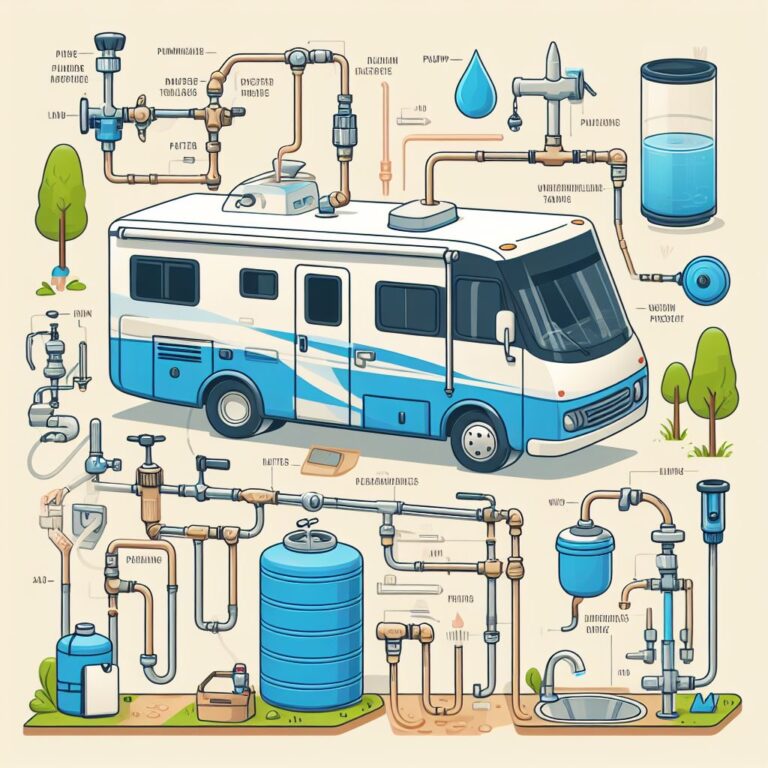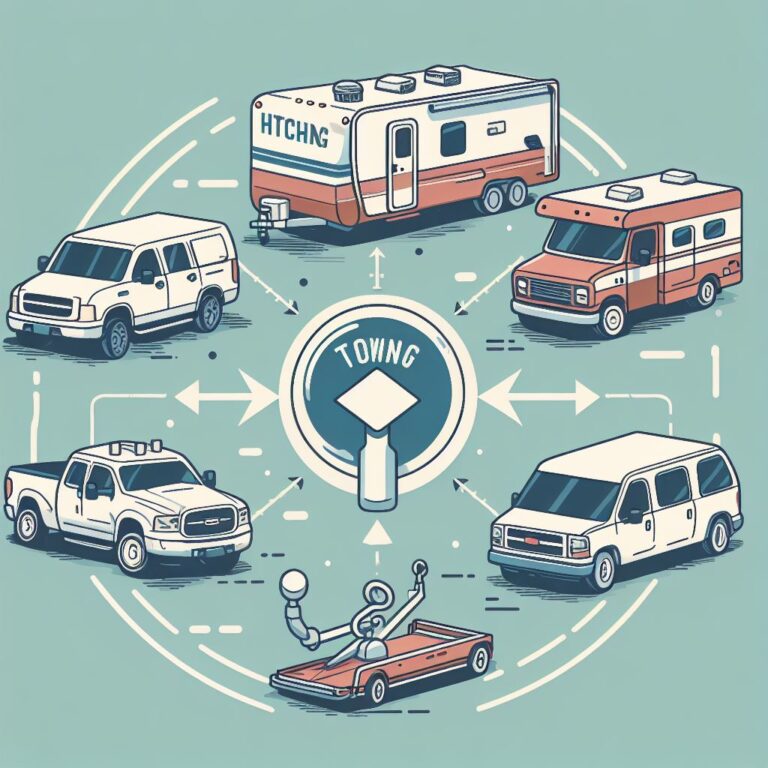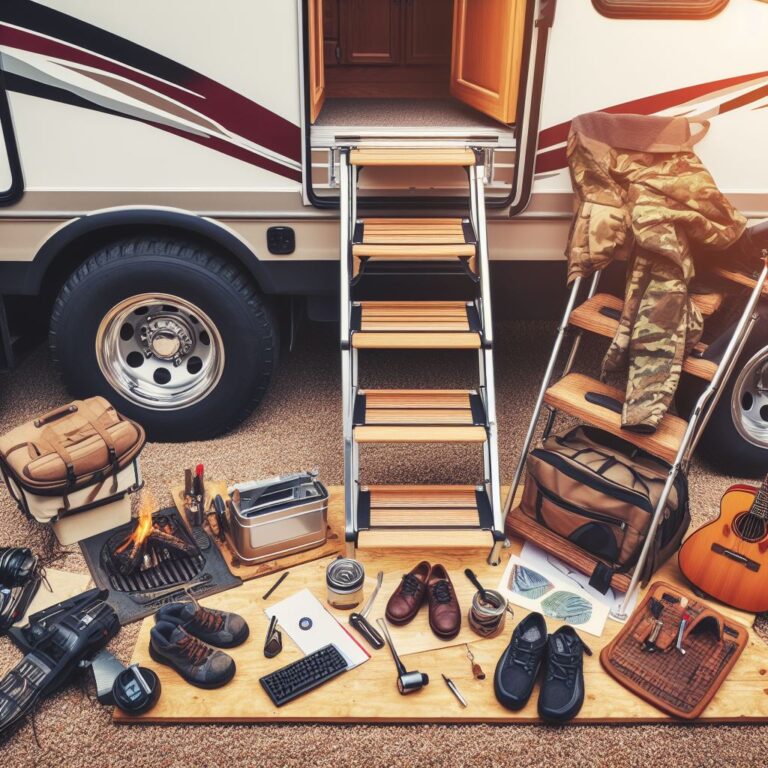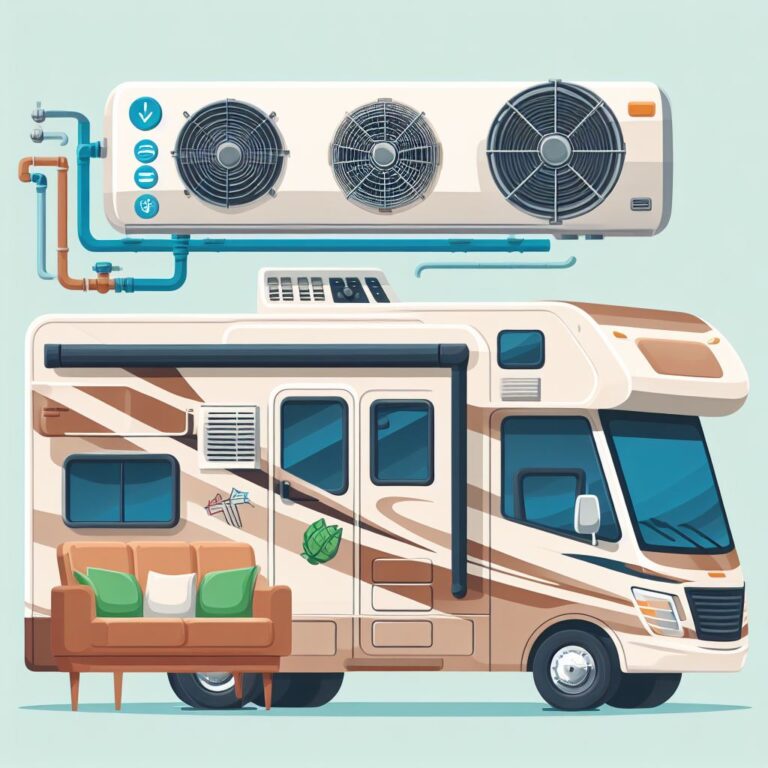How To Choose RV & Trailer Covers
Understanding the Importance of RV and Trailer Covers
Investing in a quality RV or trailer cover goes beyond merely keeping your vehicle clean; it contributes significantly to its longevity and maintenance. Outdoor elements like dust, rain, sun, snow, and even birds can wreak havoc on your vehicle in ways one can’t fathom. A parked RV or trailer is susceptible to these factors, which could gradually deteriorate its exterior, internal components, and overall functionality. As such, the need for a durable, protective shield cannot be overemphasized.
Furthermore, a well-maintained RV or trailer secures the quality of your investment and improves its resale value. With a cover, instances of rust, color fade, mold, mildew, and wear and tear get significantly minimized. This foresight tends to reap long-term benefits, as it curbs the frequency and cost of repairs, replacements, and touch-ups. Hence, understanding the importance of RV and trailer covers becomes crucial in safeguarding your investment.
Determining the Right Size of Your RV or Trailer Cover
When it comes to selecting the right cover for your RV or trailer, size matters immensely. It is crucial to measure your RV or trailer accurately to ensure a good fit. Despite popular belief, bigger isn’t always better when purchasing a cover. Too much extra material can promote the growth of mold and mildew, while also leaving your vehicle vulnerable to the elements. This can potentially lead to significant damage over time. Therefore, careful measurement is key: note down the length, width, and height of your vehicle to derive at the optimal cover dimensions.
Deploy a soft and flexible tape measure for accurate results. Starting from the furthest point in the front (not including the trailer tongue or rear bumper) to the furthest point at the back, measure the length. Similarly, measure the height from the base, at the lowest fixed point, up to the highest point. In the case of width, measure from the front to the back, including anything that may protrude from the body, as the procured cover must accommodate everything to shield from the elements correctly. Remember, precision in this step could save you much stress and potential damage in the future.
Analyzing Various Materials for RV and Trailer Covers
RV and trailer covers come in a variety of materials, each offering different levels of protection and durability. Polyester is a common choice, as it possesses excellent strength, flexibility, mold resistance and is often economically priced. Its flexibility allows the cover to contour and fit snuggly over the RV or trailer ensuring superior protection from rain, snow, and dust. Nonetheless, despite its affordability, polyester has lower UV resistance as compared to other materials which may reduce its lifespan when used in consistently sunny climates.
On the other hand, covers made of polypropylene are popular due to their resistance to water, robustness, and high UV resistance making them a viable choice for long-term outdoor storage. They also offer good breathability which is vital for moisture control and prevention of mold and mildew. While polypropylene covers may be costlier than polyester ones, they generally provide superior durability and longer lifespan. Consequently, understanding these material differences aids in selecting an appropriate cover for your RV or trailer that suits your specific needs and climate conditions.
Considering the Weather Conditions in Your Location
Undoubtedly, one of the most critical factors to consider when choosing an RV or trailer cover is the weather condition of your location. Different areas are characterized by diverse weather patterns which in turn influence the type and material of cover you should opt for. For instance, if you reside in a region with a lot of precipitation, a waterproof cover material is paramount. This not only protects your RV from water damage but also prevents the growth of mildew and mold which thrive in damp conditions.
On the other hand, areas with high sunlight intensity and heat demand UV-protectant covers. These covers help safeguard your RV or trailer’s paintwork and interior, maintaining the aesthetic appeal and diminishing the rate of wear and tear. If you always stay in windy environments, consider covers with sturdy tie-down systems to keep them secure. It’s therefor essential to gauge the predominant weather conditions where you park your RV or trailer and choose a cover that offers the most pertinent protection.
The Role of UV Protection in RV and Trailer Covers
Ultraviolet (UV) radiation is widely known for its harmful effects, particularly when it comes to materials exposed to the harsh outdoor elements; RVs and trailers are no exception to this. The sun’s rays can rapidly expedite the deterioration of the exterior, such as fading the paintwork, cracking the window seals, and drying out rubber components including tires. UV radiation’s destructive power extends to the interior of the vehicle too, causing upholstery fabrics and plastic fixtures to fade and turn brittle over time. Adequate UV protection is a crucial feature to consider when purchasing an RV or trailer cover to combat these issues and maintain the appearance and functionality of the vehicle.
A cover with UV protection aids in preserving the structural integrity of an RV or trailer. High-quality, UV-protected covers are typically coated with a material that can reflex or absorb these harmful rays, thereby decreasing the heat absorption rate and providing a cooling effect to the vehicle. The UV-resistant feature in covers not only gives the RV or trailer a longer life but also saves owners from the costly need for repairs and replacements due to UV-inflicted deterioration. Trailers and RVs are sizable investments, and leveraging UV protection is one means by which owners can safeguard these assets against environmental damage.
Evaluating the Durability and Lifespan of RV and Trailer Covers
When it comes to purchasing RV and trailer covers, one of the crucial aspects to pay attention to is their durability and lifespan. Not all covers are created equal, and the quality can vary significantly from one product to another. The durability of a cover is often directly associated with the material used in its making. One can check the thickness, crafting standards, and the brand’s reputation to get a sense of the potential durability of a specific cover.
That said, beyond its initial construction, the lifespan of a cover is largely dependent on how it is used and cared for. Even the most robust and high-quality covers can deteriorate fast if they are constantly exposed to harsh weather conditions or not maintained properly. Hence, keeping the environment in mind and maintaining the cover in the best possible condition will ensure that it lasts longer, providing your RV or trailer with the protection it needs.
The Ideal Fit: Loose vs. Tight Covers
Choosing the ideal fit for your RV and trailer covers will greatly impact their effectiveness. This decision often oscillates between choosing a loose cover and a tight one. Loose covers are primarily advantageous because of their ease of installation and removal. They also minimize the chances of scratching your vehicle due to less contact with the surface. However, loose covers may be prone to flapping in the wind which can lead to premature wear and tear.
On the other hand, tight covers provide a more reserved and sleek appearance. These covers maintain close contact with the vehicle, which generally translates into better protection against the elements. Wind flapping is significantly minimized, which could potentially extend the lifespan of the cover. However, they might require more time and effort during installation and removal, and often necessitate careful handling to avoid surface scratches. Both options come with their own pros and cons, and your choice should be informed by your specific needs and circumstances.
Additional Features to Look for in RV and Trailer Covers
Apart from the basic material, size, and fit of the covers, there are several additional features that can increase the effectiveness and longevity of your RV and trailer covers. These features may not seem critical at first glance but can make a significant difference in both protecting your vehicle and the longevity of the cover itself. Look for features like ventilation systems, which can reduce wind stress and inside moisture. Zippered access panels, on the other hand, allow easy accessibility to the vehicle without needing to remove the entire cover.
Systematic buckle and strap system are also beneficial to keep the cover perfectly positioned and secure, avoiding sagging and flapping, which may damage both the vehicle and the cover. Some covers even come with a ladder cap to protect it from sharp edges that can tear the fabric. Specific covers feature inflatable dunnage to lift the cover off the vehicle roof, enabling water and snow runoff. Remember that each additional feature contributes to better protection, customized fit, and longer service life of your RV and trailer covers.
Proper Maintenance and Care for Your RV and Trailer Covers
Keeping your RV or trailer cover in optimal condition requires a bit of diligence on your end. The longevity and performance of your cover are fundamentally influenced by the way it is handled and preserved. Regular cleanings are imperative to prevent dust build-up, mold growth, and deterioration caused by harsh dirt particles. Ensure to use a non-abrasive cloth and a soft-bristled brush along with mild soap and water to remove debris. Some manufacturers may recommend certain cleaning agents that are safe to use without compromising the integrity of the cover material, be sure to heed such suggestions.
Another critical aspect of maintaining your cover lies in its storage when it’s not in use. It is not advisable to fold and store the cover while it’s wet or damp. This can initiate mold and mildew growth, which can weaken the material over time and diminish its water repellency. Always allow the cover to dry completely before packing it away. Wrapping it loosely rather than tightly can also help prevent the creases that may lead to cracks or tears. It’s vital to apply these maintenance practices to extend the lifespan of your cover.
Where to Buy High-Quality RV and Trailer Covers.
When in need of high-quality RV and trailer covers, there are several places where you may find just the right one. Internet marketplaces such as Amazon and eBay often carry a range of options from several manufacturers in various styles, materials, and sizes. These platforms might offer customer reviews, which can be highly advantageous as you narrow down your choices based on real world experiences from other users.
In addition to online retail sites, specialty stores that focus on outdoor recreational vehicles and gear, such as Camping World or Outdoor World, are other potential sources. These stores may also possess experienced staff who can help guide your selection process, providing insight into the features that would best fit your specific RV or trailer requirements. Also, plenty of manufacturers sell directly from their websites, giving customers access to their full range of options in terms of model, material, and size.
Why are RV and Trailer Covers important?
RV and trailer covers are crucial for protecting your vehicle from various elements like harsh weather conditions, UV rays, dust, and debris, thereby prolonging their lifespan.
How do I determine the right size for my RV or trailer cover?
Measure the length, width, and height of your RV or trailer to ensure the cover you buy adequately fits. Always refer to the product’s sizing chart to find the correct measurements.
What types of materials are used in the construction of RV and trailer covers?
Common materials include polyester, polypropylene, and Tyvek. Different materials offer varying levels of durability, weather resistance, and breathability.
How do weather conditions influence my choice of RV or trailer cover?
If you live in a rainy area, you’ll need a cover with excellent water-resistance. For sunnier climates, a cover with UV protection is essential. For areas with heavy snow, a cover with good weight-bearing capacity is needed.
What is the role of UV protection in RV and trailer covers?
UV protection helps to prevent sun damage, which can cause fading, cracking, or wear to your RV or trailer.
How can I evaluate the durability and lifespan of RV and trailer covers?
Look for covers made from high-quality, weather-resistant materials with reinforced corners. Reviews and product warranties can also give you an idea about durability.
Should I get a loose or tight cover for my RV or trailer?
While a tight fit ensures better protection, a loose fit allows for better air circulation, preventing mold and mildew. Balance is key.
What additional features should I look for in RV and trailer covers?
Consider covers with air vents to prevent billowing, zippered panels for easy access, and straps for secure fitting.
How can I properly maintain and care for my RV and trailer covers?
Regular cleaning, proper fitting, and storage in a clean, dry place can prolong the life of your cover. Always follow the manufacturer’s care instructions.
Where can I buy high-quality RV and trailer covers?
High-quality RV and trailer covers can be bought from many places, including online retailers like Amazon, specialized outdoor and RV stores, and directly from the manufacturer’s website.
- How To Choose TIPHOPE RV Accessories - February 10, 2024
- How To Choose Joinfworld RV Accessories - February 10, 2024
- How To Choose Conntek RV Accessories - February 9, 2024







